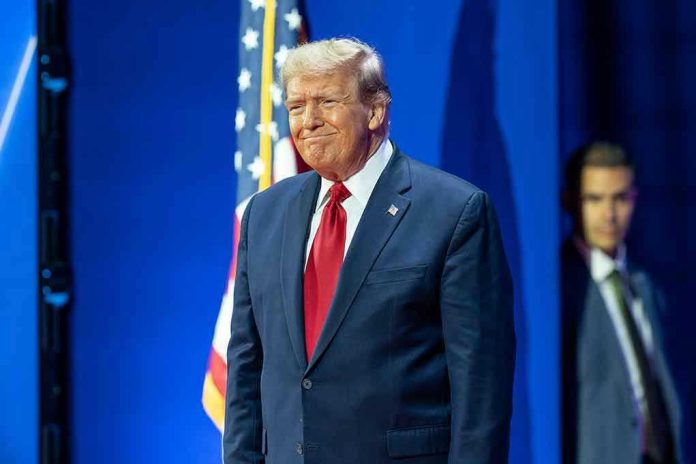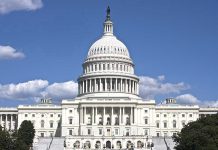
Donald Trump is making good on a promise that has haunted American politics for decades—dismantling the Department of Education through executive muscle, leaving both its supporters and its critics stunned by the speed and scale of its unraveling.
Story Snapshot
- Trump uses executive action to accelerate the closure of the Department of Education, bypassing Congress.
- Key education programs and staff are being sent to other agencies, radically shrinking federal oversight.
- Conservative activists and policy architects, including the Heritage Foundation, are driving the blueprint.
- Sharp partisan conflict erupts as education advocacy groups and Democrats warn of chaos, legal challenges, and harm to vulnerable students.
Trump’s Executive Order Reshapes U.S. Education Governance
March 2025 marked a turning point in federal education policy as President Trump signed an executive order instructing Education Secretary Linda McMahon to begin closing the Department of Education. The order’s timing—on the heels of a government shutdown—was no coincidence. McMahon claimed the shutdown proved the department’s dispensability, setting the stage for a sweeping reorganization. Within months, entire offices and their functions, from career-technical education to student aid, were earmarked for transfer to other federal agencies. The effort, guided by recommendations from the Heritage Foundation’s Project 2025, bypassed legislative gridlock in Congress, unleashing a cascade of bureaucratic and political upheaval.
Staff reductions followed swiftly, with nearly half of the department’s employees either laid off or bought out by late 2025. The Department of Labor gained the lion’s share of K-12 and postsecondary programs, while other roles shifted to the Departments of Interior, Health and Human Services, and State. The administration’s rationale echoed longstanding conservative arguments: education belongs in the hands of states and local communities, not Washington bureaucrats. This legal workaround—using executive authority and interagency agreements—sparked outrage among congressional Democrats, who labeled the move “outright illegal,” and among advocacy groups who warned of the consequences for vulnerable students.
Political and Legal Battlelines Harden Around the Restructuring
Conservatives have eyed the Department of Education for elimination since its creation in 1979, but Trump’s administration has now ventured further than any predecessor. Previous Republican efforts to abolish or minimize the department stalled in Congress. This time, by sidestepping the legislative process, Trump’s team has set a new precedent, intensifying the debate over federal versus state control. Senator Mike Rounds, who sponsored legislation to dismantle the department, praised the administration’s boldness. Meanwhile, Senator Patty Murray and education unions denounced the transfers as unlawful and dangerous for students depending on federal protections and funding. Advocacy groups like EdTrust accused the administration of “selling the Department of Education for parts,” heightening the political stakes and legal uncertainties surrounding the move.
At the agency level, education programs are in administrative limbo. Staff and resources are being reassigned, but questions swirl about oversight of civil rights enforcement, services for students with disabilities, and the fate of federal student loans. Experts warn of confusion and disruption for schools and families as program management migrates to unfamiliar agencies. The department’s leadership is seeking congressional codification for the changes, but progress is slow, and legal challenges loom on the horizon.
Broader Impacts and Unanswered Questions for America’s Schools
Short-term effects of the restructuring include significant confusion for schools, colleges, and department staff. With the federal education bureaucracy shrinking, states and localities are inheriting unprecedented responsibility for policy, funding, and program execution. This increases the risk of fragmented oversight and inconsistent support, particularly for English learners, students with disabilities, and those relying on civil rights protections. Education advocacy groups and union leaders predict that diminished federal involvement will lead to weakened accountability and declining support for the most vulnerable populations.
Long-term, the move may embolden efforts to further downsize federal agencies and devolve power to states. Supporters see this as a long-overdue correction, arguing that local control spurs innovation and better reflects community values. Critics counter that it risks eroding equity, transparency, and national standards. The transfer’s operational complexities may create ripple effects across the education sector, from service providers and contractors to the broader network of advocacy organizations. As legal battles and legislative skirmishes unfold, the future of federal education policy—and millions of American students—hangs in the balance.
Sources:
DoDEA: Government Shutdown – What You Need to Know









